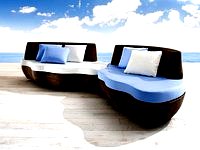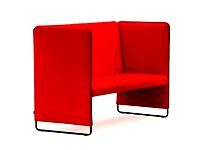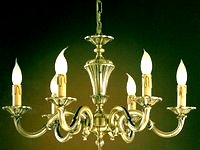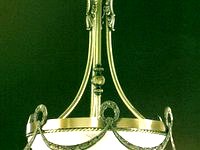Edward Barber and Jay Osgerby have designed Planophore as a dual-purpose room divider and book shelf. Its open sides create a horizontal emphasis underscored by the solid shelves with rounded bottom edges, which are reminiscent of aircraft wings and appear to float on the vertical panels. This also explains the name of the shelf: the original Planophore made its debut in 1871 as the first stable model aeroplane powered by twisted rubber bands.
The vertical aluminium panels are Planophore‘s most striking structural feature: they can be rotated to serve as functional shelf dividers. When the slightly asymmetrical dividers are positioned parallel to the shelves, Planophore becomes a partition element; set perpendicularly, the panels divide the shelves into varying compartments that can accommodate books and similar objects; if just a few individual panels are turned in a parallel direction, they provide an attractive background for decorative objects.
The rotation axes of the panels, which constitute the load-bearing structure of Planosphere, are offset in depth. This not only increases the stability of the shelf unit, but also introduces a playful aspect to the arrangement of the panels, allowing a multitude of different configurations. The vertical distance between the shelves, which are made of premium solid wood, is not identical at all levels – a further detail that accentuates the horizontal orientation of Planophore.
Planophore is available in two heights and widths and the combination of wood and aluminium panels comes in light and dark coloured versions.
Materials
Shelves: solid wood with oiled finish in natural oak or core smoked oak, 32 mm thick.
Vertical panels: extruded aluminium profile, anodised finish, rotation from -118° to +126°.
Round cover plate: aluminium, natural finish. ∏ Base: tubular steel, powder-coated in deep black with textured finish.
Glides: die-cast aluminium, powder-coated in deep black, felt insert, levelling adjustment.
Designer: Edward Barber Jay Osgerby
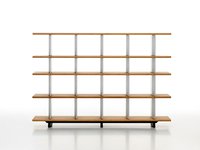
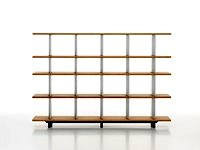
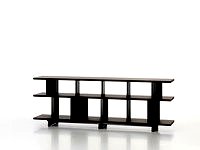
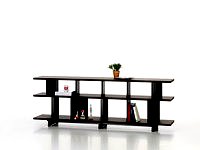
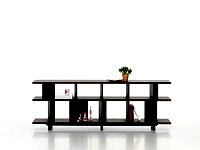
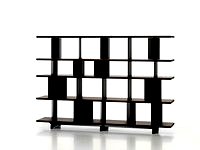
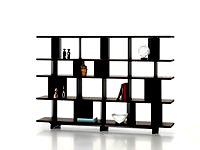
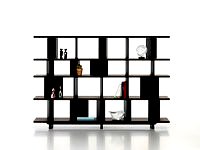
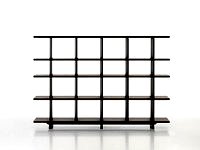
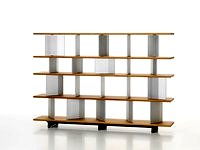
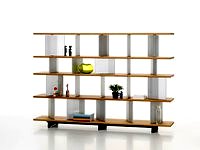
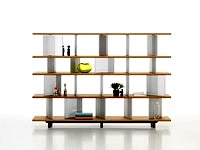
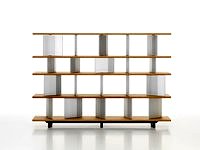
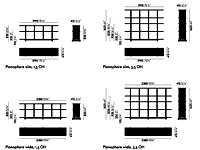
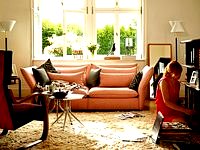

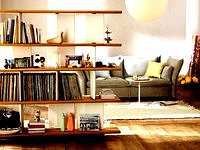
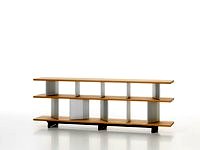
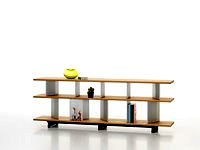
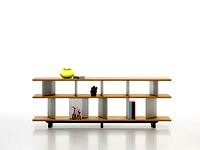
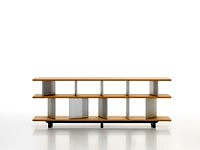
 Switzerland
Switzerland

